From pv magazine Spain
Alexis Issaharoff, the chief renewable energy officer for Jubaili Bros, said that the sustainable solar house is designed to teach children and adults about sustainability and renewable energy.
Issaharoff, a renewable energy expert with more than 16 years of executive experience and a board member of sustainability and environmental foundations, also contributes to the United Nations magazine “UN Today.”
He developed the project to educate children and adults about renewable energy, sustainability, regenerative agriculture, and water conservation through the construction of a LEGO kit.
“How could we get parents and kids to learn about something that would benefit them both? By playing together,” he told pv magazine.
After 11 months of work, Issaharoff brought the Sustainable Solar House to life with 4,100 virtual pieces. He entirely developed the project with LEGO Ideas software.
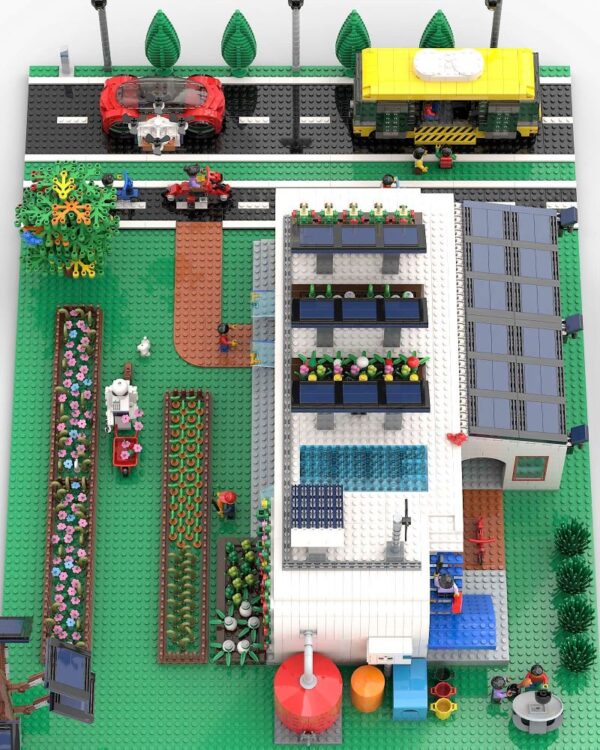
The house is designed to be self-sufficient, producing its own food, water, and energy, making it a ‘Net Zero Plus’ House that generates more energy than it consumes. It achieves this through a rooftop solar array featuring bifacial modules with a tracking system and integrated solar modules on the house’s facade (BIPV).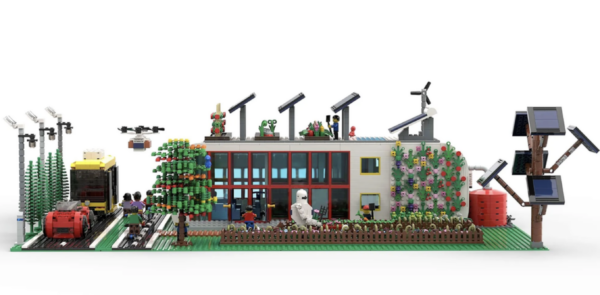
The house incorporates a solar cooker, a rooftop solar thermal system to supply hot water, and micro wind turbines. It uses a heat pump for air conditioning.
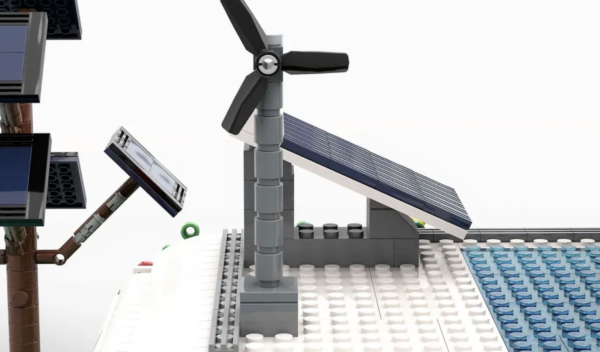
The house features a battery system, and its exterior and street lighting operate on solar power. It includes rainwater collection, wastewater recycling, a biodigester, and a recycling center.
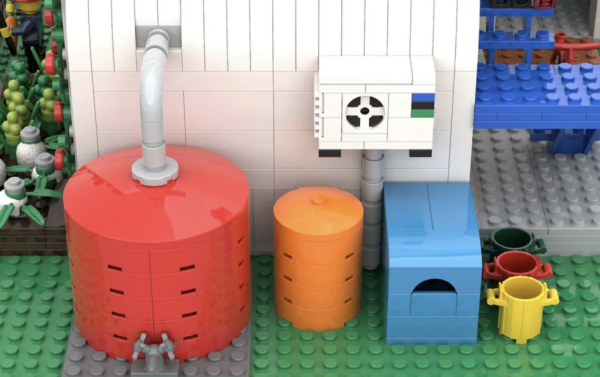
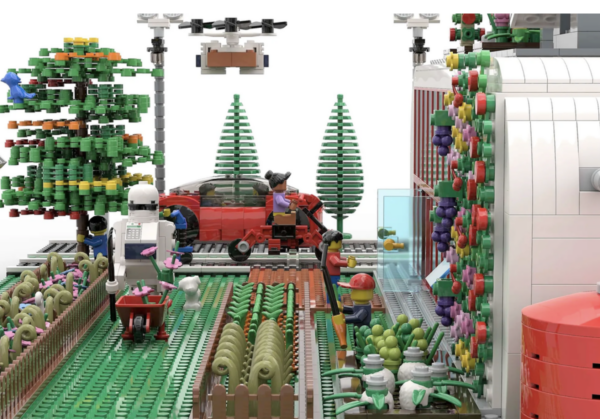
The roof demonstrates the cooling mechanisms of the house through its use of solar modules (heat absorption), gardens and farming (heat absorption and utilization), and white paint (heat reflection, reducing heat absorption by the house).

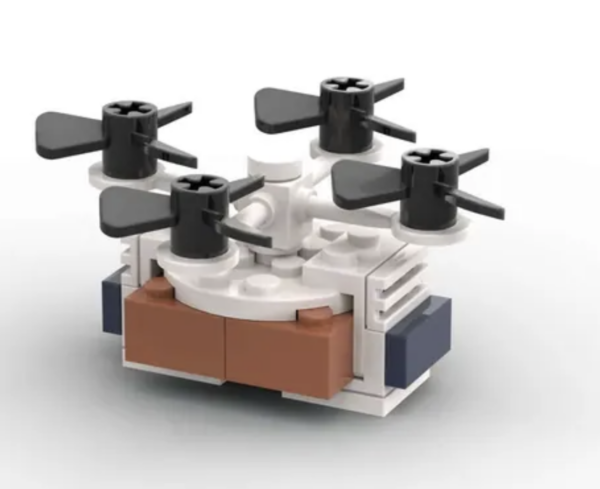
The project also includes an organic solar tree, a solar delivery drone, and a solar robot, all integrated into the design.
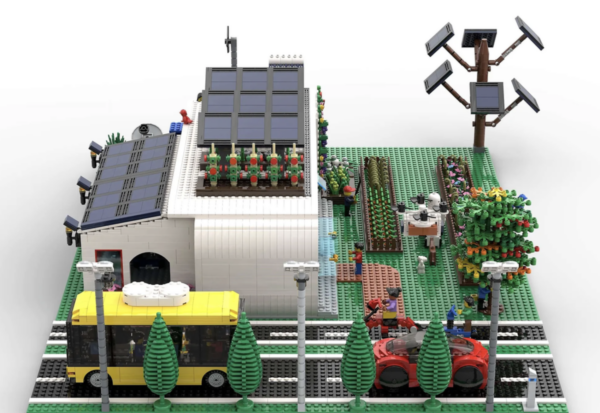
The absence of a car in the house is due to the expectation that cars will become self-driven in the next decade. They will be readily available 24/7 on the road, as depicted by the red car in the image. There is also a dedicated lane for self-driven electric school buses and cars equipped with wireless electric chargers on the side. To accommodate alternative transportation, there is also a designated lane for bikes, electric bikes, and electric scooters.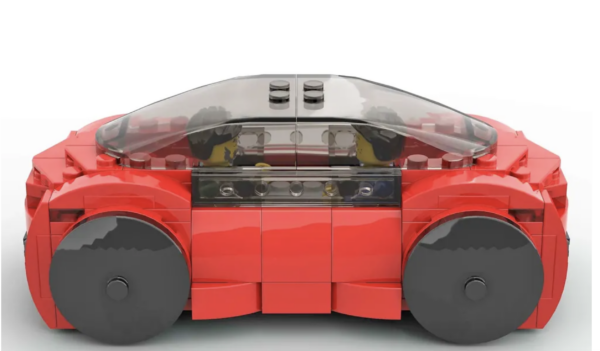
The project has undergone actual wind environment studies by environmental design and engineering firm Neapoli.
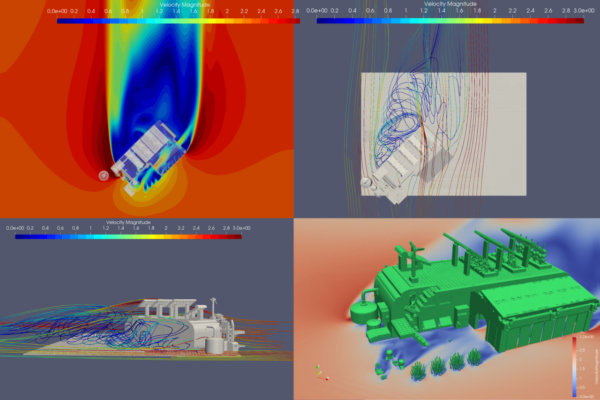
Computational fluid dynamics (CFD) were also used to analyze indoor and outdoor conditions in the LEGO house, optimizing ventilation and natural cooling for the summer season.
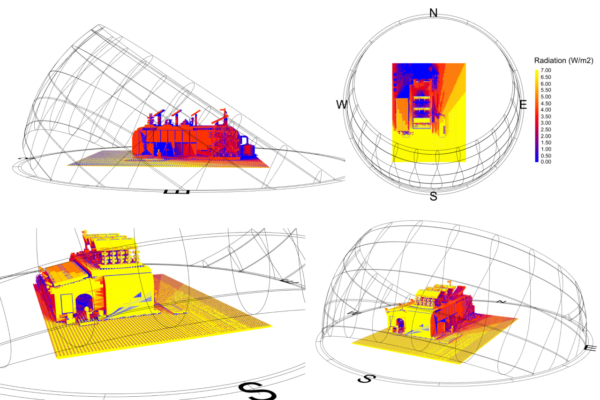
If ‘The Sustainable Solar House’ receives 10,000 votes, LEGO will evaluate the possibility of producing it as a real kit. There are more 100 days remaining for voting.
This content is protected by copyright and may not be reused. If you want to cooperate with us and would like to reuse some of our content, please contact: editors@pv-magazine.com.
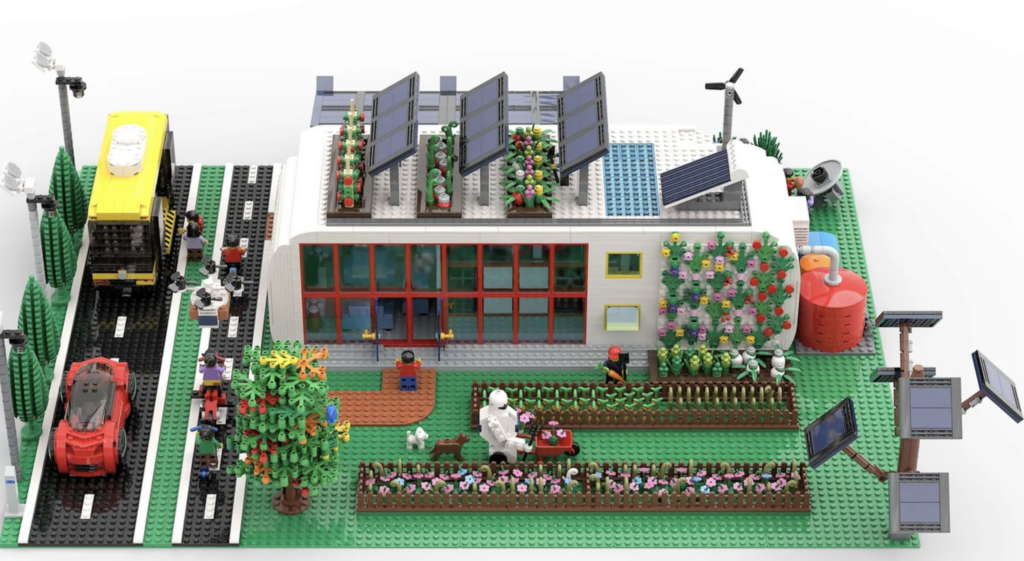







By submitting this form you agree to pv magazine using your data for the purposes of publishing your comment.
Your personal data will only be disclosed or otherwise transmitted to third parties for the purposes of spam filtering or if this is necessary for technical maintenance of the website. Any other transfer to third parties will not take place unless this is justified on the basis of applicable data protection regulations or if pv magazine is legally obliged to do so.
You may revoke this consent at any time with effect for the future, in which case your personal data will be deleted immediately. Otherwise, your data will be deleted if pv magazine has processed your request or the purpose of data storage is fulfilled.
Further information on data privacy can be found in our Data Protection Policy.